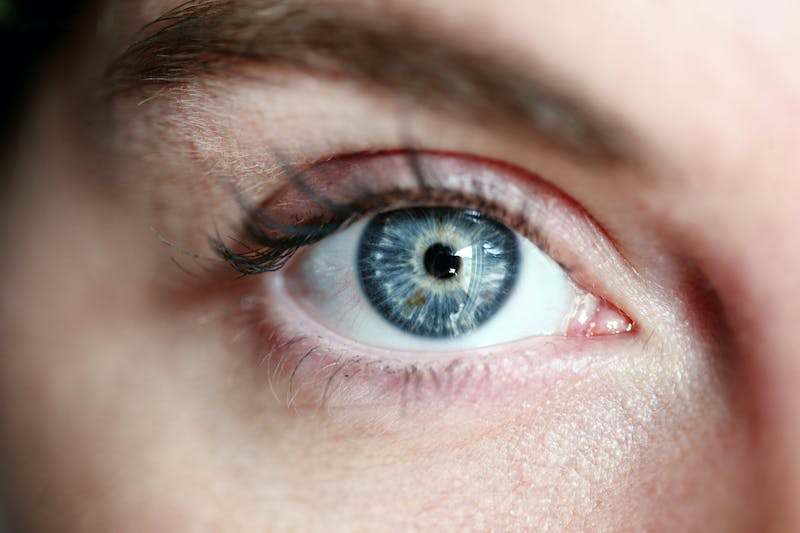
Infections in the eye are pretty common, which can be a surprise to many people. The eye is exposed to many irritants and toxins every single day. Not only are they airborne, but when people feel a slight tickle, they immediately rub their eyes with their unwashed hands.
The good news is that infections can be treated, as long as you seek help from an experienced eye doctor.
The Most Common Types of Eye Infections
The following are some of the most common eye infections we see in our Garden City office.
Pink Eye
The most common one that most people deal with at some point in their life is conjunctivitis, also known as pinkeye. The eye becomes inflamed and red due to either a bacterial infection, viral infection, or irritations from chemicals, pollutants or allergens.
Antibiotics are usually prescribed if the cause of the infection is bacterial. Viral or irritant causes of the infection are usually just monitored to ensure it doesn’t lead to a more serious condition.
Uveitis
This infection causes the middle layers of the eyes to inflame. This layer is what contains the arteries and veins of the eye, responsible for vision. People often suffer from this infection after suffering an eye injury, or inflammatory or rheumatologic disease somewhere in the body.
Treatment depends on what causes the infection. Antibiotics or an anti-inflammatory medication may be prescribed
Sty or Stye
This infection is in the oil gland at the base of the eyelash. It can become inflamed, red, and have a pimple on it. It is often painful and itchy.
Most people rush to see an eye doctor because it can look and feel like there’s something seriously wrong. The good news is that it’s not serious and treatment can be performed at home. The treatment consists of warm compresses on the affected area up to 6 times a day. The sty may release pus during treatment. When this happens, it’s important to clean the area when this happens.
Stys that are unusually large affecting vision should be examined by an eye doctor to ensure that it doesn’t lead to affecting the eye in other ways.
Acanthamoeba Keratitis
This is a rare but serious eye infection. It can result in blindness or permanent vision impairment. It is caused by ameba infecting the transparent outer covering of the eye – the cornea.
Early detection is the best defense against lasting vision problems. An eye care provider may prescribe one or more prescription medications to get rid of the infection.
The best way to prevent this type of eye infection is to wear protective eye classes whenever in a situation where ameba may be present. They can often be found in bodies of water and soil. It’s also important to clean contact lenses thoroughly per the instructions provided and be sure to only touch the eyes with clean fingers.
How to Prevent Eye Infections
Viral infections are the most difficult to prevent as they occur as a result of a cold or the flu. Bacterial or infections resulting from irritants can be easier to prevent simply by practicing good hand washing and avoiding people who may be contagious.
People who are susceptible to frequent eye infections can speak to an eye specialist about some options to reduce the risks.
What to Do About Eye Infections
Eye infections can lead to more serious conditions, so it’s a good idea to book an eye appointment. A thorough eye exam can reveal if it is an infection and what the best course of treatment may be for it.
For those suffering from an eye infection in the NYC area, contact Kelly Vision Center for help. Our experience eye doctor can perform an exam to determine what is causing the discomfort in your eye, and then identify a treatment for it that can give you some relief.
Contact us now for an appointment.


